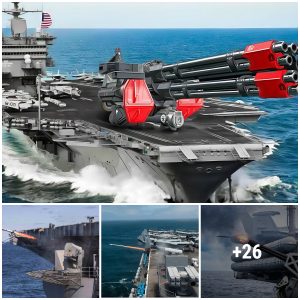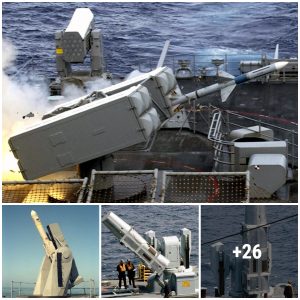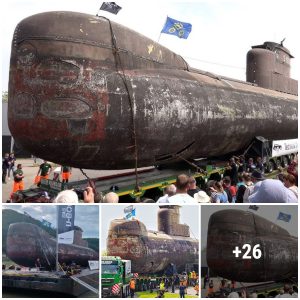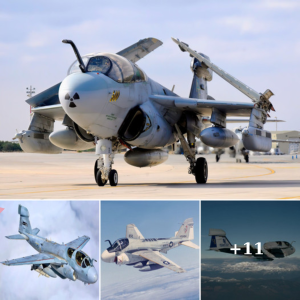Since it was first demonstrated during the May 2015 Victory Parade in Moscow, the T-14 “Armata” main battle tank (MBT) was seen as a major technological leap forward in Russian tank design. Instead of building upon past Soviet-era designs, the T-14 was a completely new Russian program that was built from the ground up. It began in earnest in 2010, when the Russian Ministry of Defense terminated work on its “Object-195” or “T-95” program.
Why Armata Matters
Designed around its unmanned turret, which is equipped with a 125mm 2A82-1M smoothbore gun with autoloader capabilities; the forty-eight ton T-14 features the latest in Russian explosive reactive armor technology, laser-guided missile integration, and digitized onboard equipment. The driver, gunner, and tank commander are housed in a crew compartment that is located in an armored capsule at the front portion of the hull, isolated from the automatic loader as well as the ammunition storage in the center of the tank.
The crew compartment is made from composite materials and protected by multilayer armor, which according to analyst reports can withstand a direct hit of nearly any type of round that currently exists, including sub-caliber and cumulative rounds. The forward section of the tank is also covered with an active defense system that is designed to intercept anti-tank munitions including sub-caliber rounds such as those from anti-tank guided missiles, rockets and RPGs.
The tank is also fitted with wide-angle cameras around the exterior of its hull to provide a 360-degree all-round vision and situational awareness for the crew, with the commander’s sight mounted on the top of the turret also offering an entire field of view while the gunner’s sight is fitted with a direct-vision periscope and laser designator. The cameras can be zoomed as necessary, while heat sensing and infrared viewing capabilities are available under all weather conditions, day or night.
Despite its hulking size, the T-14 Armata can reportedly reach speeds of ninety kilometers per hour. While a speedy tank, it has been slow in actually arriving.
Cost has been a factor for cash-strapped Moscow, despite the fact that the per-unit cost of the T-14 is reported to be just under $4 million dollars. The initial planned acquisition to have as many as 2,300 T-14 tanks enter service by 2025 was scaled back to just 100 experimental vehicles, but Russia has fallen short of even reaching that goal. In fact, to date only around twenty pre-production units have been delivered to the Russian army for testing.
Problem: Just How Many Will Russia Build?
Now after numerous delays, it looks like serial production could begin next year – but whether Moscow is able to produce 100 is still yet to be seen.
“The [tank’s] state trials will come to a close next year,” Russian Industry and Trade Minister Denis Manturov told Tass on Monday. “It will actively go into serial production from next year.”
It is also unclear what this may mean for the rest of the Armata program, which was developed as a heavy-tracked standardized platform serving as the basis to develop a main battle tank, an infantry fighting vehicle, an armored personnel carrier, and some other armored vehicles. While it would be a major leap forward for a new class of armored vehicles, Russia hasn’t actually been able to get the tanks to roll off the assembly lines in mass.
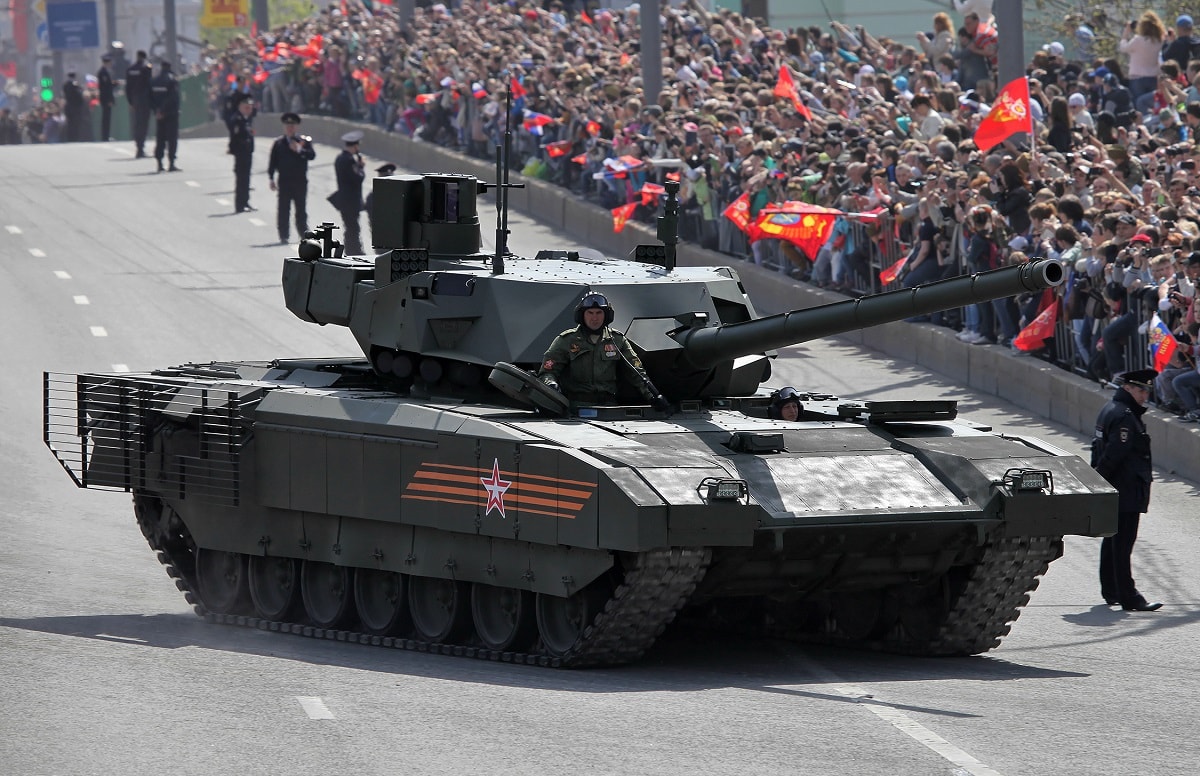

Main battle tank T-14 object 148 on heavy unified tracked platform Armata. Image Vitaly V. Kuzmin via Creative Commons.


